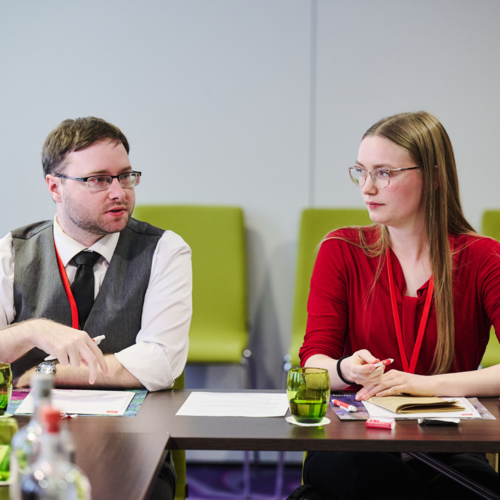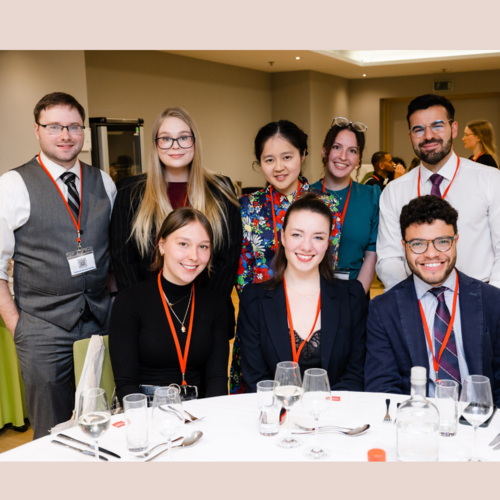In my experience, encouraging civic participation in the United States has long been focused on the bare minimum: getting people to vote. Decades of record-low voter turnout and political apathy have meant that wishing for anything more is setting yourself up for disappointment. The last few years have seen a significant change in the rate of civic participation, however, but that change has been accompanied by an increase in the number of people wanting to help tackle the challenges facing the world today. Once you decide to get active, the next logical step is figuring out what to do and—most importantly—how to do it.
That is where the sixth iteration of the EU-US Youth Leadership Summit comes in.
It is perhaps unsurprising to learn that the large group of Fulbrighters (as well as participants in the Erasmus Mundus program and the Marie Curie Fellowship) that gathered in Brussels were already highly engaged citizens. This was a seminar full of people that did not need to be goaded into civic participation, nor were they interested in doing the bare minimum. Rather, the focus was largely on how we specifically can foster activism in others as well as on envisioning the next steps to take toward an end goal in (including but not limited to) the four main seminar topics: the environment; human rights; peace and security; and technological innovation.

